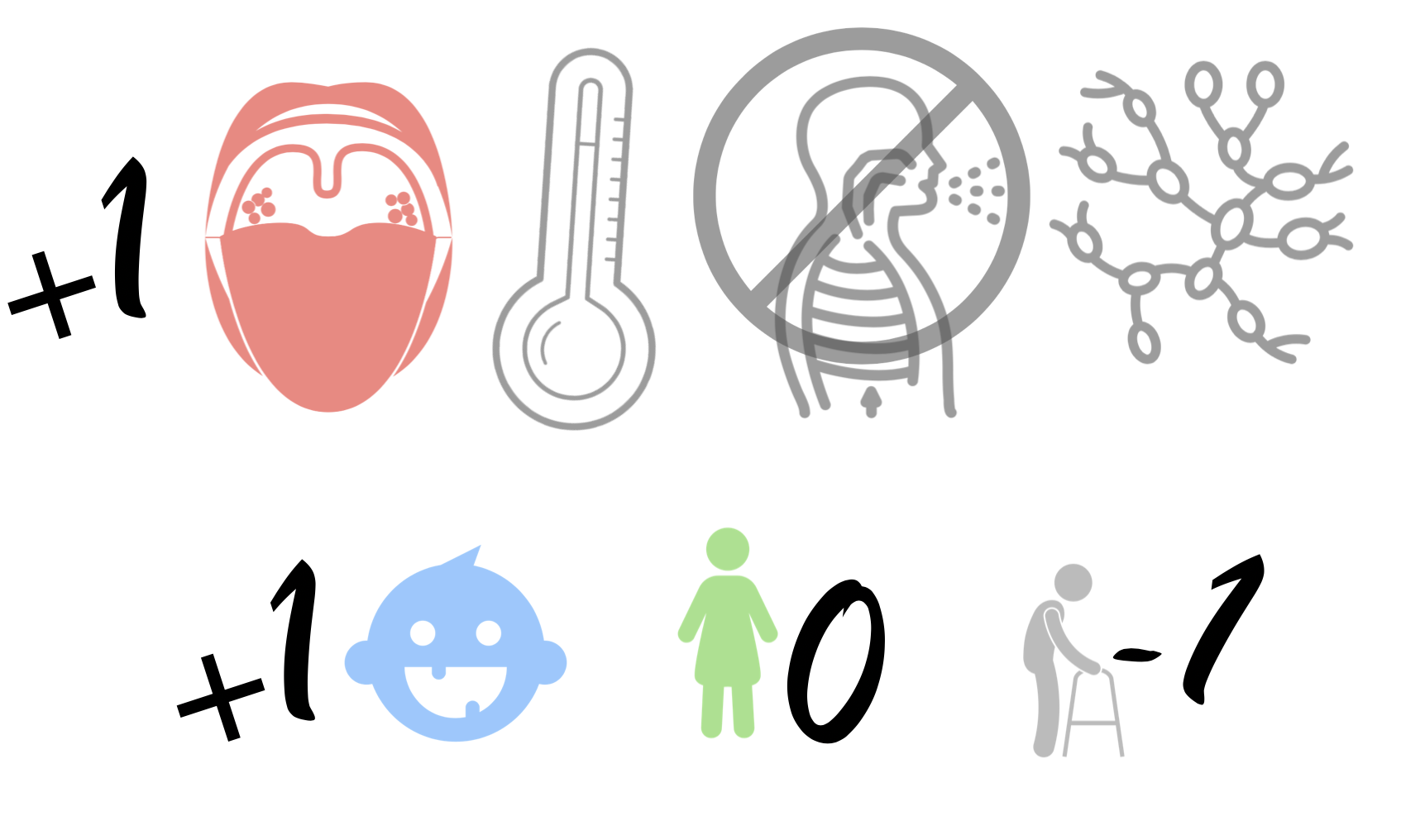Strep pharyngitis, commonly known as “strep throat” is a bacterial infection of the oropharynx caused by group A beta hemolytic streptococci (GAS), specifically S. pyogenes. This infection affects more than 500,000,000 people annually worldwide per year, ultimately resulting in a significant number of doctor’s visits, including to the ED (1). The classic clinical presentation of GAS pharyngitis includes sudden onset of sore throat, fever, and odynophagia. If untreated, complications of GAS pharyngitis include scarlet fever, rheumatic heart disease, post-streptococcal glomerulonephritis and peri-tonsillar abscess. In this post, we explore the diagnostic evaluation of pharyngitis with special attention to the use of the Centor criteria and rapid antigen testing.
Read More


















